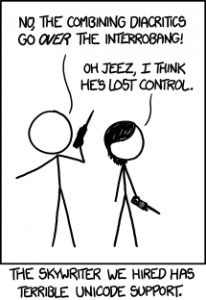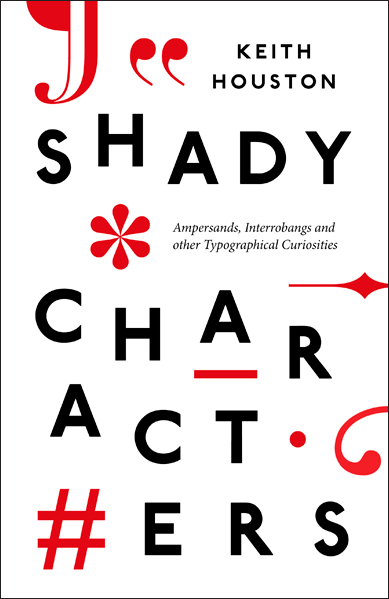Some housekeeping this week, with lots of links from the past few weeks to get through. As always, if you have something you’d like to see featured here, please drop me a line with the details.
Just before my honeymoon, I was lucky enough to be interviewed for an article in Fast Company’s Co.Design blog. John Brownlee’s article, The Unlikely Evolution Of The @ Symbol, focusing on the symbol’s use as a signifier of digital identity, is now online. Thanks are in order for John for selecting the most coherent parts of my answers!
I’ve been following Smithsonian Magazine’s Design Decoded blog for some time now, and I read with interest Jimmy Stamp’s post there about The Evolution of the Treble Clef. The development of the mark echoes the journey of many a shady character, and it’s interesting to see the same evolutionary mechanisms at work in a different context.
You may remember that back in May I made reference to an academic paper that purported to have divined the rationale behind the organisation of the QWERTY keyboard. The precise algorithm with which Christopher Latham Sholes created the enduring layout of the typewriter keyboard has never been satisfactorily explained, but Koichi Yasuoka and Motoko Yasuoka’s “On the Prehistory of QWERTY” makes a game stab at doing just that. Now available online, there’s lots of detail in there I wish I’d known about while writing Shady Characters!
Lastly, I bring you a link forwarded to me by my esteemed editor at W. W. Norton, Brendan Curry. He writes only: “You will enjoy this, I think!”, and he is correct. Ladies and gentlemen, I give you the awful majesty of the spampersand.



